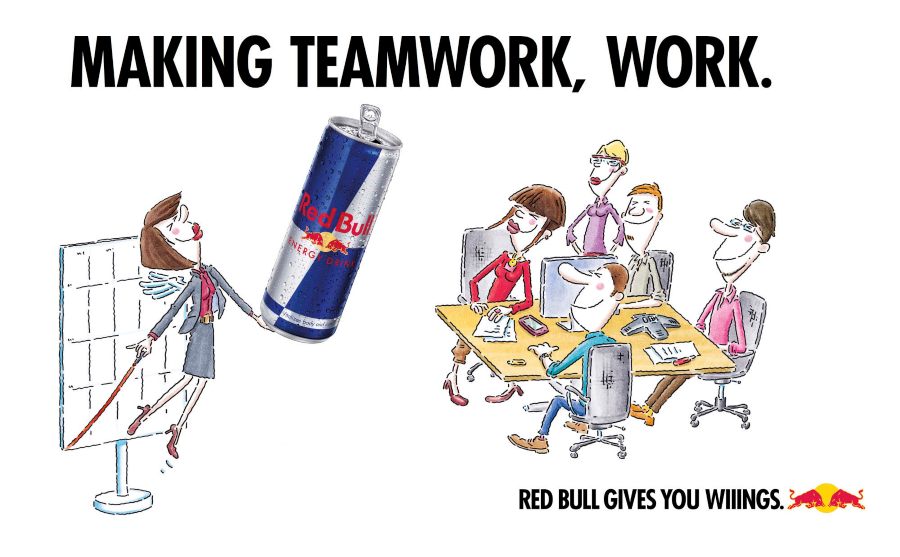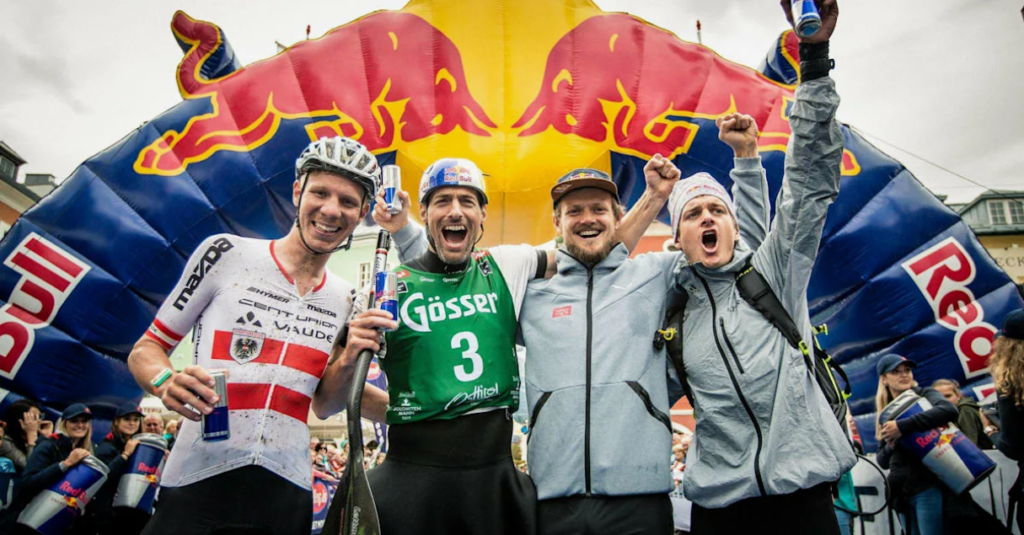In 1986, focus group participants tasting a new energy drink exclaimed, “This tastes horrible!” This was Red Bull beginning its journey.

An Austrian marketer named Dietrich Mateschitz created Red Bull in 1984 after visiting Bangkok, where he discovered an “energy tonic” called Krating Daeng. Full of caffeine, sugar, B-vitamins, taurine, and a carbohydrate called glucuronolactone, Krating Daeng was traditionally used by the Thai working class to stay alert and productive. Though thick and sweet, akin to medicine, the drink served a practical purpose; it promised energy over taste, making it a vital tool for workers.
However, when Mateschitz sought to introduce this drink to the European market, it was still perceived as “horrible and vile.” Instead of surrendering or altering the drink’s formula, Mateschitz took bold steps to redefine its image. He rebranded the product with a new name, a slim and eye-catching aluminum can that stood out on shelves, and a catchy tagline: “Red Bull gives you wiiings.” This slogan made an enticing promise and positioned Red Bull as an expensive, yet functional alternative to soda, more than double its price.
A pivotal moment in Red Bull’s marketing strategy came when Mateschitz partnered with the Dolomitenmann, dubbed “the world’s toughest team race.” This extreme competition combined running, paragliding, kayaking, and mountain biking. In 1988, as a newly instituted event seeking sponsorship, it became the perfect platform for Red Bull. Mateschitz’s branding made sure the Red Bull logo appeared on every piece of equipment, aligning the brand with extreme sports’ core values: vitality, energy, and adventure.

© Mirja Geh / Red Bull Content Pool
Millions across Europe tuned in to witness this extreme event, solidifying a clear message: Red Bull is, in fact, a tool for elevating one’s energy and spirit.
The launch of a new product is always a complex and multifaceted challenge. The story of Red Bull illustrates that with the right marketing strategy and brand positioning, even a drink once considered unappealing can be transformed into a fashionable and sought-after product.

Over the years, Red Bull has remained true to its adventurous essence, sponsoring athletes and daring events around the globe. Today, it stands as a symbol of energy and enthusiasm, enjoying a massive market share and a dedicated customer base.
Ultimately, the tale of Red Bull is more than just about a drink; it’s a remarkable case study in branding and innovation. It serves as inspiration for entrepreneurs looking to make their mark in a competitive landscape. With the right strategy, even the most daunting challenges can become opportunities for transformative growth and unprecedented success.